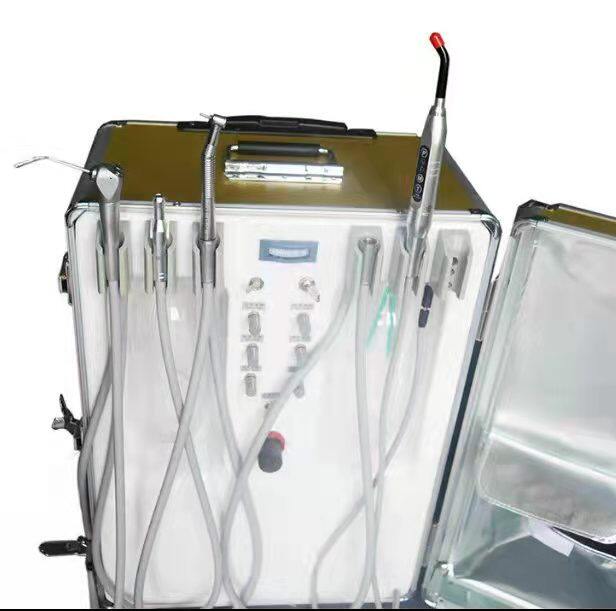Curing lights are indispensable tools in dental practices, ensuring the durability and longevity of dental restorations. They facilitate the polymerization process of various dental materials like composites, adhesives, and cement, solidifying them to form strong, functional restorations. Thus, the selection of the dental curing light becomes one of the important tasks for clinics. In this post, the author will guide you on how to choose the right curing light.
In this section, the author will list the main factors when you choose a curing light.
LED curing lights have gained widespread acceptance due to their efficiency and versatility. They emit a broad spectrum of light, encompassing the wavelengths necessary for curing various materials. Additionally, LED lights have a longer lifespan compared to traditional halogen lights, reducing the need for frequent replacements.
The power output of a curing light significantly influences its effectiveness. Higher power output results in greater intensity, allowing for faster and more efficient curing. However, excessive intensity can also cause overheating and potential damage to tooth structure or surrounding tissues, so finding the right balance is crucial.

Different dental materials require specific wavelengths for optimal curing. For instance, camphorquinone (CQ) is a common photoinitiator in composites that typically responds best to light in the blue spectrum (around 470 nm). Consider a curing light that offers multiple wavelengths or customizable settings to accommodate various materials used in your practice.
Efficiency is key in dental procedures. A curing light with a shorter curing time allows for quicker procedures, minimizing chair time for patients and increasing the productivity of the dental practice. However, ensure that the shorter curing time doesn't compromise the quality of the restoration.
An ergonomic design enhances the ease of use and comfort for the dentist during procedures. Lightweight, well-balanced curing lights with ergonomic grips enable precise control and reduce hand fatigue, especially during lengthy treatments.
Cordless curing lights offer flexibility and ease of maneuverability during procedures. Opt for units with long-lasting batteries to avoid interruptions during treatments. Portable units are particularly beneficial for multi-chair practices or when treating patients in different locations.

Choosing a curing light from a reputable manufacturer ensures reliability, quality, and customer support. Consider reading reviews from fellow practitioners to gain insights into the performance, durability, and after-sales service of the curing light.
Selecting the best curing light involves a careful balance between technical specifications, practical considerations, and professional preferences. It’s essential to assess the specific needs of your practice, the types of treatments performed, and the compatibility with the materials used.
Investing in a high-quality curing light that aligns with the unique requirements of your practice not only enhances the efficiency of procedures but also contributes to the quality of patient care and satisfaction.